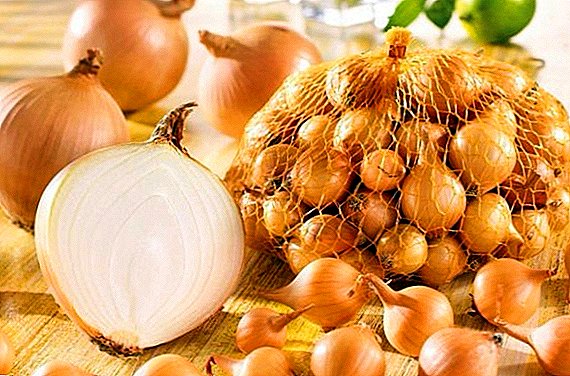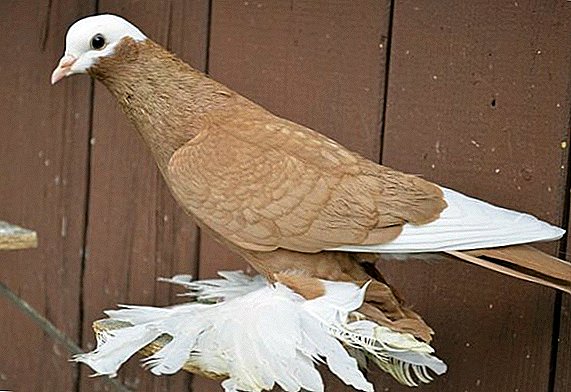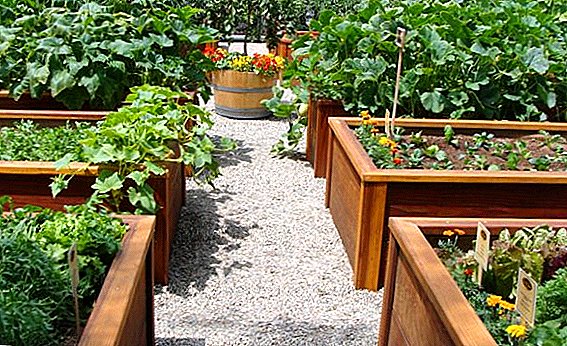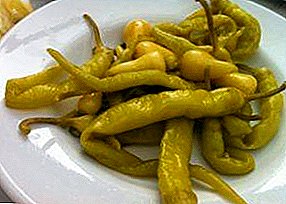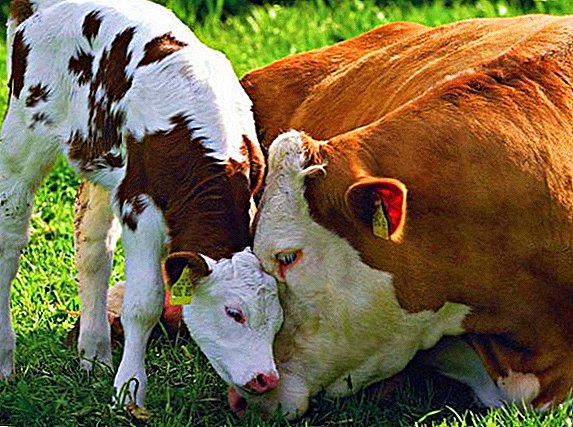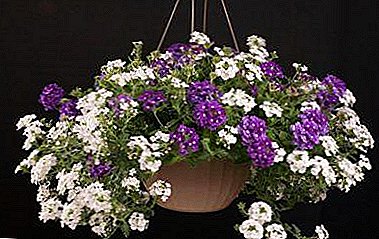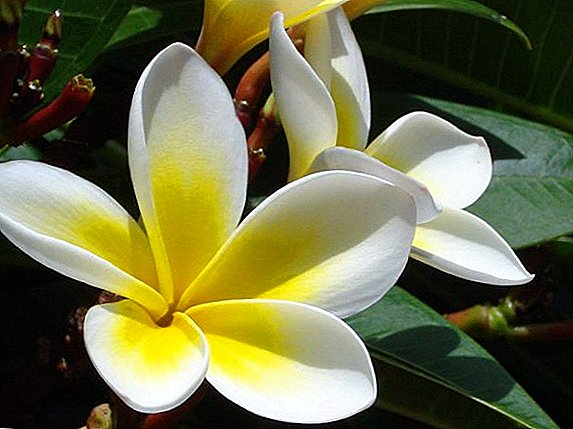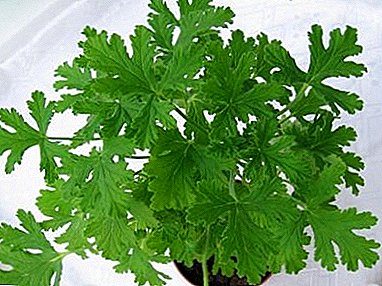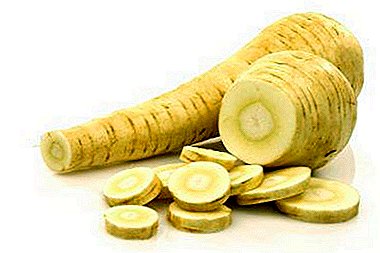
Parsnip is supposedly the birthplace of the Mediterranean. He is a relative of parsley, carrots. In appearance - large carrots of white color with parsley leaves. In antiquity, it was common in Europe and Western Asia, where it was considered exclusively fodder culture.
As a food product, parsnips became popular in the 17th century. Along with the turnip was the staple food of the poor, until it was supplanted by potatoes imported from America.
Today, 15 types of parsnip are known to gardeners, however, only one of them is cultivated. On the territory of Russia, parsnip grows everywhere, blooms in June and July. Since, in order to grow parsnip at home, it is necessary to choose a suitable cultivated variety of this vegetable, the choice of seeds will be the primary task.
General provisions of agricultural engineering
The main difficulty in planting and cultivating parsnip is in finding quality plant seeds.
Reference. The time of availability of parsnip seeds is 1 year.
It is undesirable to feed the plant with manure, as the root crop loses its beneficial properties. It is advisable to work on the site with gloves, as there may be burns when caring for the plant. The root crop left on the second year (for the winter) gives seeds. Seeds need to be calibrated and discarded (many empty seeds).
How to choose a grade?
In Russia, the cultivation of pasternak at the academic level has virtually ceased. Varieties of parsnip differ in terms of ripening and the shape of the fruit. Experts recommend the following varieties:
- Round;
- Best of all;
- Heart;
- White stork;
- Culinary
Round
It grows fast, weighs 150-200 gYield from 1Q. meters 3 - 4 kg.

Best of all
Sredneranny grade, ripens in 2 - 3 months. It weighs 150 grams. Yield 3 kg per 1 square. meter

Heart
Mid-season variety, ripens in 3 months, weighs 100 grams. Yield 1.5 - 4 kg per 1 square. meter

White stork
This root crop weighs - 100 grams, ripens in 4 months, is considered middle-ripening. Yield 4 kg per 1 square. meter

Cooker
Treats early grades, ripens in 100 days, weighs - 150 grams. Yield from 1 square. meters 3 kg.

These varieties are best suited for Russian conditions.
Attention: you need to sow thickly, the germination of parsnip seeds is less than 50%.
Planting in open ground through seedlings
Due to the content in the seeds of parsnip essential oils shoots make their way with difficulty It means growing this root vegetable is preferable to seedling.
- Parsnip seeds are left for a day in warm water, then dried and sown in pots filled with a mixture based on peat, with 3-4 seeds.
- The pots are covered with foil.
- The substrate can be prepared by yourself from peat, sand and perlite.
- Every day for 20 - 40 minutes remove the film for ventilation.
- After spitting up the seedlings, the film is removed.
- Pots put on the most illuminated place.
- In case of poor illumination, additional illumination is used.
- Moisturize the plant by drying the surface of the soil.
- Parsnip shoots are sensitive to picking, so it is sown in separate containers.
- When the seedlings form the first leaves, they can be transplanted into beds. Planting seedlings in the ground produced in mid-May. At this time, the probability of frost is minimal, and the soil warmed up. Planting vegetables for growing in the Moscow region is carried out in May (taking into account the climatic conditions).
How to grow from seed?
- Pasternak is planted on the soil where cabbage or potatoes were grown before. Soil digging depth of 20 - 30 cm, cleaned of weeds.
- Heavy soils enrich with humus, loamy - with ammonium nitrate and superphosphate.
- Parsnip seeds are sown 3 pieces to a depth of 2-3 cm. In the wells, with an interval of 10 cm from each other, with a 40 cm width between the rows.
Then you can watch a video on how to grow parsnips from seed at home:
Care
 The optimum temperature for the growth of parsnip is 18-22 gr. Plant care is watering, loosening, weeding and dressing. Pasternak requires regular watering at the fruit formation stage. The lack of moisture turns the leaves pale, and the roots crack. Excess moisture can cause the plant to develop a fungal disease. It is important to water it properly and systematically.
The optimum temperature for the growth of parsnip is 18-22 gr. Plant care is watering, loosening, weeding and dressing. Pasternak requires regular watering at the fruit formation stage. The lack of moisture turns the leaves pale, and the roots crack. Excess moisture can cause the plant to develop a fungal disease. It is important to water it properly and systematically.
In hot weather, 5 irrigations are sufficient; after 2 to 3 days, the soil is loosened, weeds are removed. After strengthening of shoots, parsnip is able to oppress weeds. The first feeding is carried out in 10 - 15 days after transplanting, nitrogen fertilizer. In mid-July, use potash and phosphorus fertilizer.
Collecting and storing vegetables
The yield of parsnip 2 - 8 kg per 1 square. meter Parsnip roots are harvested in the fall, preferably before the onset of frost. Shovel gently dig the plant, cut the leaves, sorted by appearance and size. Root vegetables washed with warm water, cut and dried. After drying, heated in the oven. After cooling, fall asleep in a glass container with a lid.
For storage in the refrigerator, the root crop is peeled and cut. Put in a package, removing the air, put in the freezer. Healthy root vegetables are placed in sandboxes, stored at about 0 degrees, in a cellar or basement.
Diseases and pests
Pasternak is affected by diseases inherent in vegetable crops. Parsnip crops cause great harm to fungal diseases. There are other pests: carrot fly, striped shield, field bug. Of the diseases of parsnip powdery mildew and gray rot are very common.
The most dangerous pests of parsnip are the striped bristle, the field bug, and also the caraway moth. The striped bristle feeds on the juices of young plants. Field bug - sucks the juice from the leaves. Caterpillars of the caraway moth destroy the seed of the plant, feed on the inflorescence tissues. With the defeat of the plant by septoria, brown spots are formed on the leaves, which lead to the death of the plant.
Plant disease prevention
In order for fungal diseases not to affect parsnips, the following recommendations should be followed:
- Re-parsnips can be returned to the site not earlier than 3 years, carefully prepare the site before planting, remove the remnants of previous plants from it.
- Before planting, treat the seeds, perevalivat the soil in time, air the plant.
- If the plant is sick, you should immediately remove the affected specimens, and healthy ones should be treated with chemicals. For destruction of a caraway moth use broth from a tomato tops of water and a laundry soap (3 kg and 50gr).
- Chemicals help in the fight against the tick and striped mites. It is necessary to systematically remove weeds, dig up the soil, monitor the proper soil moisture.
Pasternak - a natural, natural vitamin, has long been used in traditional medicine.
Broths of root parsnip cheer up, stimulates brain activity, improves metabolism, helps with diabetes.
Tincture of a root of a parsnip on moonshine restores composure, promotes stimulation of mental abilities. A decoction of parsnip leaves is used to prevent baldness. Pasternak is not recommended for seniors and children. Root parsnip is also used as pet food.


